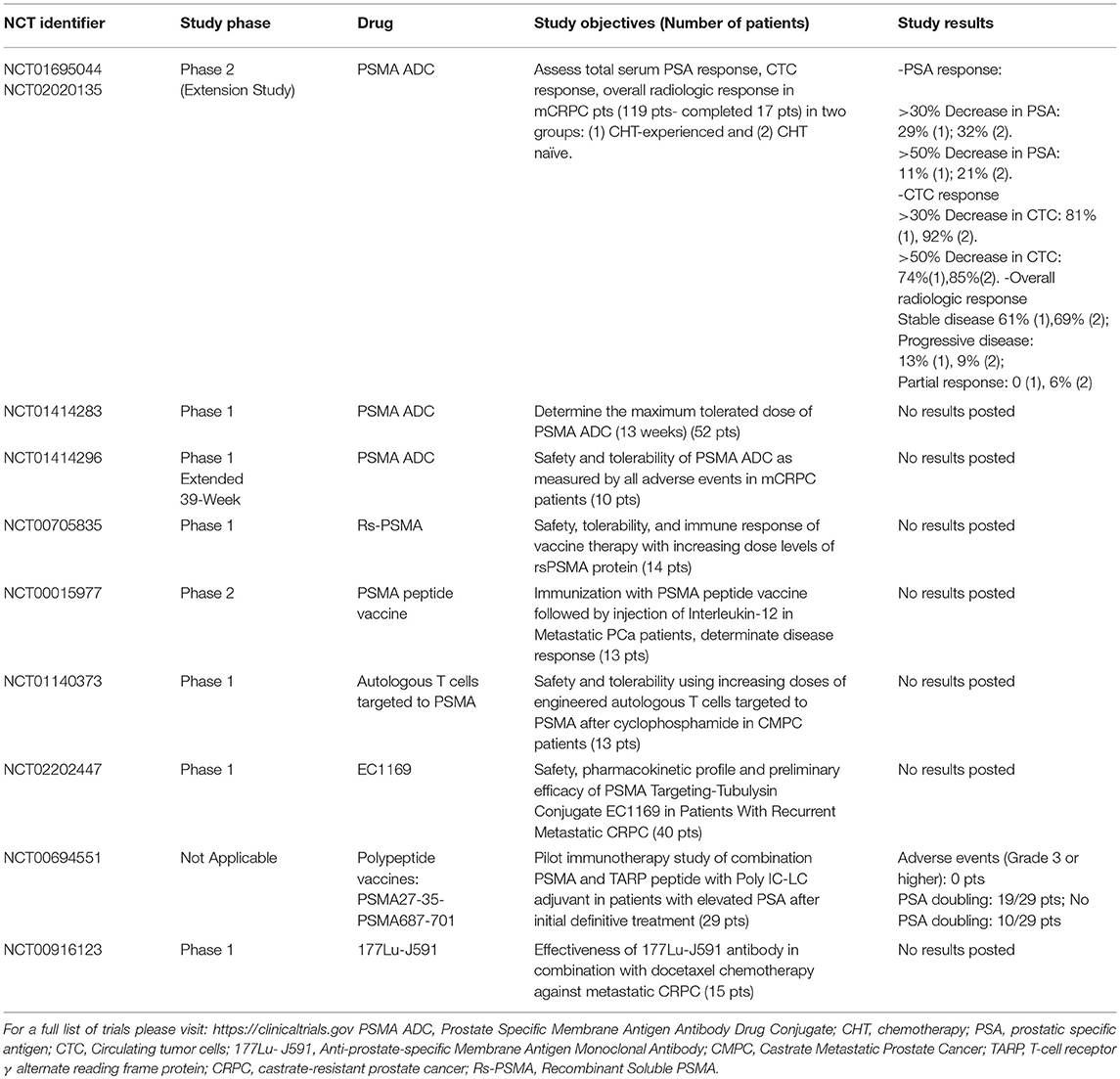

ProPSA formed two bands with high isoelectric points (8.2 and 8.4), which disappeared when proPSA was converted to mature PSA with hK2.Ĭancerous cells produce the zymogen forms of PSA, which by their isoelectric pI points seem to be found in serum of prostate cancer patients, but not BPH patients. Using enzymatically active recombinant hK2, it was possible to activate proPSA secreted by LNCaP cells. One-chain, mature PSA and hK2 obtained when LNCaP cells were grown in the presence of fetal bovine serum, had no enzymatic activity, but were active when the cells were grown in the absence of serum.

LNCaP cells secreted hK2 into the growth medium at about 3–5% of the amount of PSA. LNCAP cells produced approximately equal amounts of zymogen (proPSA) and the one-chain mature form of PSA, whereas there was no evidence for the secretion of any internally cleaved forms. LNCaP PSA was thoroughly characterized by immunological characterization, SDS-PAGE, isoelectric focusing, gel filtration, aminoterminal sequencing, reverse-phase chromatography, mass spectrometry and enzymatic activity measurements. The objective of the present investigation was to study the secretion of PSA and human glandular kallikrein 2 (hK2) by the LNCaP prostate cancer cell line, and to purify and characterize both proteins.
#Prostate specific serum 2 free#
The molecular nature of free PSA in the circulation and the reason for its varying concentration in malignant and benign conditions is currently not known. The fraction of free to total PSA is significantly lower in prostate cancer (CaP) compared to benign prostatic hyperplasia (BPH) which provides improved discrimination of these conditions. Prostate specific antigen (PSA, hK3) in serum is predominantly complexed to α-1-antichymotrypsin (ACT), but a minor fraction remains in a free form despite the very large excess of serine protease inhibitors and α-2-macroglobulin.


 0 kommentar(er)
0 kommentar(er)
